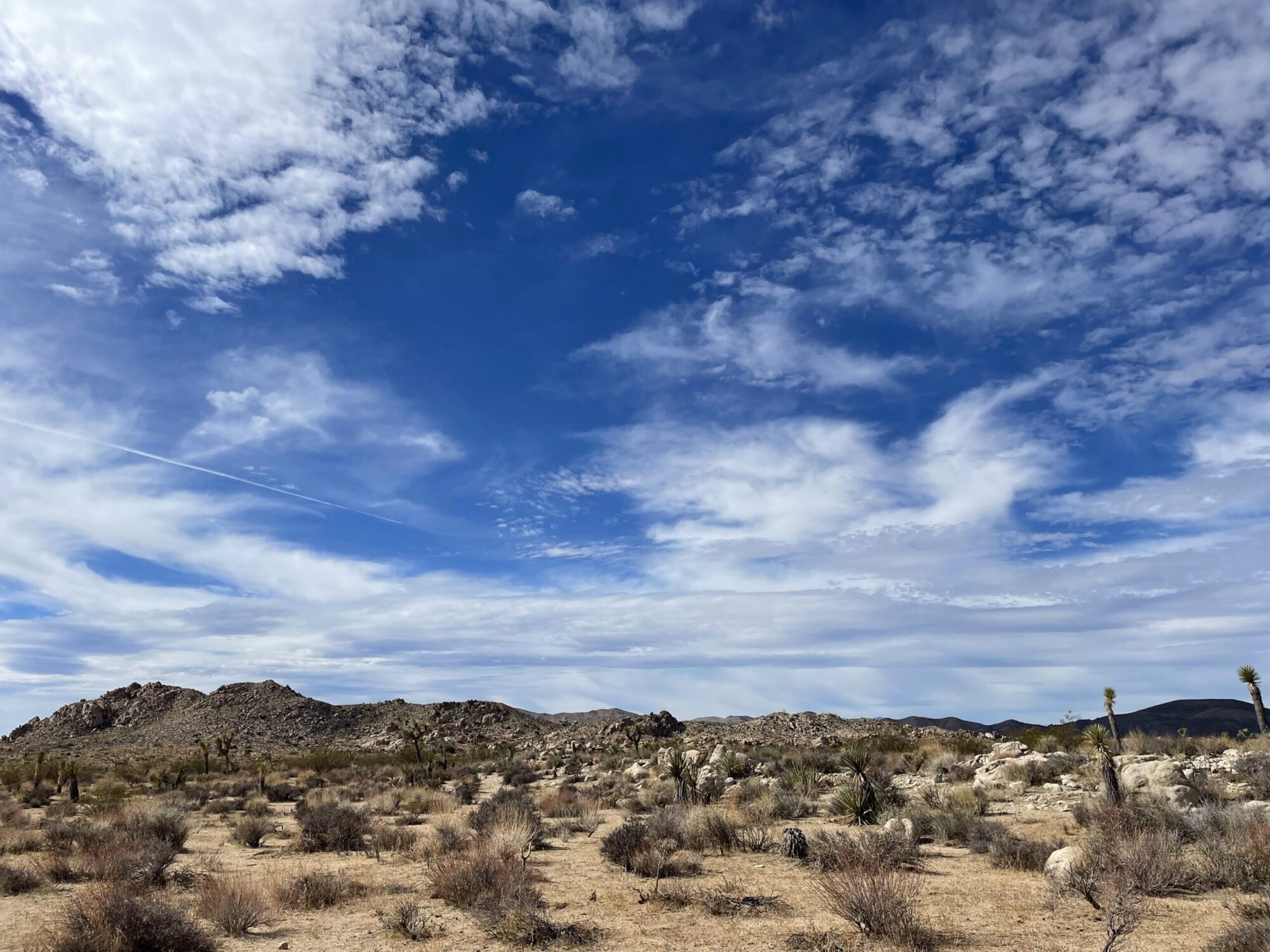Retreats these days are kind of a vacation from daily life. We hear in ancient times, stories of persons going off to the wilderness, a monastery, ashram, temple, etc for years to totally transform their sense of self. Buddha’s 7years ascetic life in the wilderness, The missing years when Jesus may have trained with mystics in the Dead Sea. Even my teacher, Shibuya Sensei lived about 4 years in the wilderness of Hokkaido. These are drastic life-changing turns, that we rarely do while we seek to be more enlightened, succeed at work, maybe raise a family, stay healthy and beautiful, and have fun all the while. That’s ok, no matter how driven or lazy we are, eventually we will get there; there’s no deadline and no rush. But when we suffer and realize we can’t fix the circumstances, we are motivated to hurry up and get free of it. So typically we could use a retreat as a time to make that extra effort, and even if we don’t reach enlightenment we will be more settled physically, emotionally, mentally, and have a clearer sense of who we are and what we stand for. Returning to our daily efforts with that clarity and wholeness is quite valuable in the short as well as the long term. Retreats differ of course. Corporate retreats, yoga retreats, physics conferences, Chapel retreats, Zen retreats, and the retreat we did last year. They differ in cost, duration, amount of time spent in practice vs socially, as well as venue and purpose. This year’s retreat will center on three two-hour meditation periods with an hour after for solo contemplation. We’ll reserve the meditation hall for greater silence and continue being social at mealtimes. This seems like the right amount of challenge and rest for us for a 2-day retreat.
Going back to another story in ancient times for inspiration, Hokyoji temple in Japan is the #2 Zen headquarters and was founded by Hokyo Jaquen back in the 13th century. He emigrated from China when Dogen returned to Japan with Zen, but after Dogen passed, he was disillusioned with the level of practice at Eiheiji monastery (#1) and went into the deep wilderness on his own. Meditating on a large rock, he lived with a dog and a cow there for 18 years before a local samurai lord discovered him and asked him to teach. This led to Hokyoji. When Shibuya Sensei was young and seeking, he went to Eiheiji and Hokyoji and studied under Hashimoto Roshi. He too was disillusioned with the level of discipline when he saw how no one really practiced when the master was away, and left for Hokkaido. Are you seeing a pattern? When a person is really driven to find the solution to themselves, eventually they have to be alone with themselves. Meditation is the method, and jhana is the depth of the meditation which is the message that really matters, but each of us has to get the message by experiencing it and apply the method to use that depth of contentment to transform our personal suffering into a new sense of self. In my own life, I spent 10 years (off and on) living in a small town in Washington state, working in a remote underground former missile bunker with a couple other scientists. This was like a life retreat for me, physically apart from all the efforts I was involved with in Southern California. I was definitely a different person as a result, more settled on what mattered to me, more content about who I was, more relaxed about everything else.
